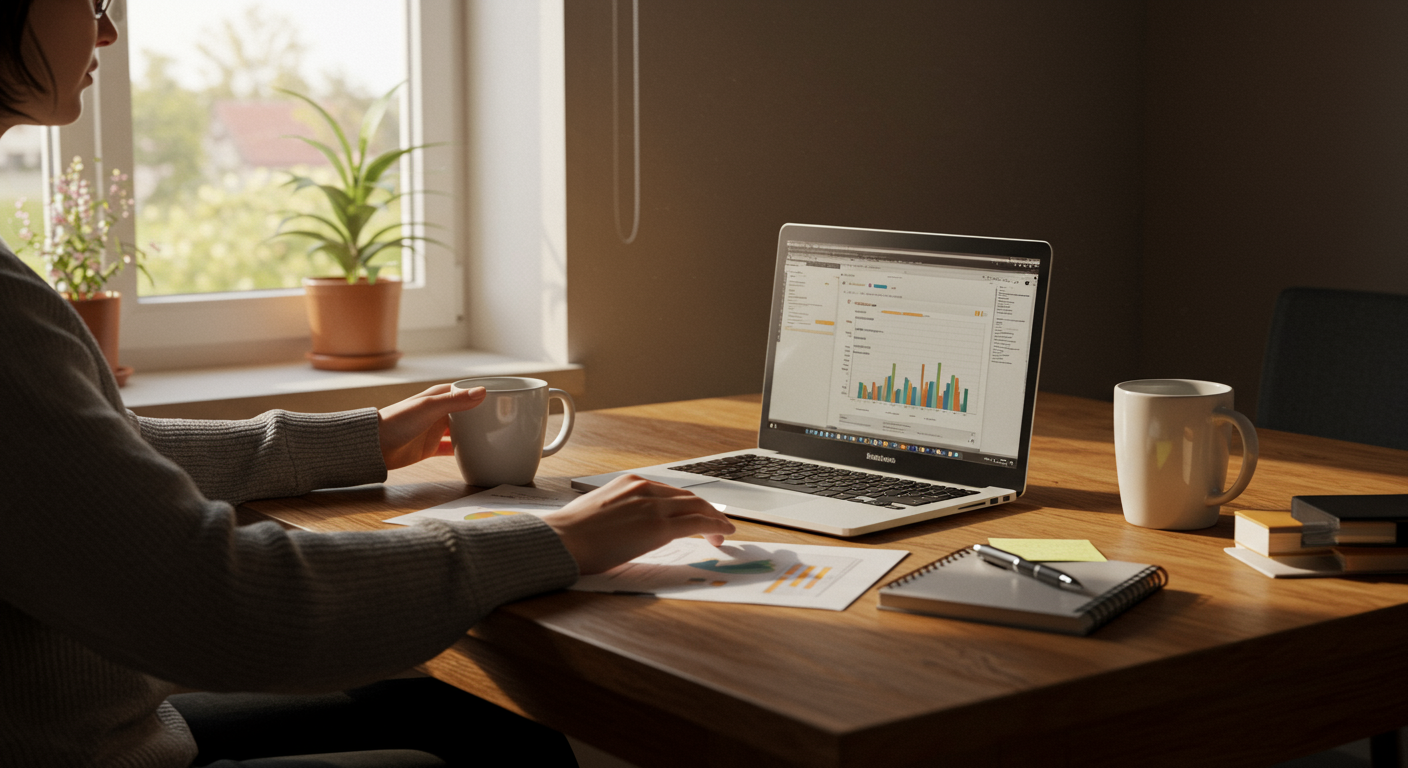Are you constantly bombarded by notifications, emails, and endless scrolling? In a world dominated by digital distractions, it's easy to feel overwhelmed. This guide provides actionable steps to declutter your online life and reclaim your focus, leading to a simpler, more mindful existence. We'll address the root causes of digital clutter and provide solutions tailored for 2025.

Why Digital Minimalism Matters for Your Life
Digital minimalism is more than just deleting apps; it's a conscious choice to use technology intentionally. It’s about curating your digital life to support your goals and values. By reducing digital clutter, you can:
- Improve Focus: Less distraction means more time for what truly matters.
- Reduce Stress: Constant notifications and information overload lead to anxiety.
- Increase Productivity: When you're not constantly switching tasks, you can accomplish more.
- Enhance Mental Wellbeing: A simpler digital life can lead to a calmer, more present mind.
Getting Started: What You Need to Know
The first step is acknowledging the problem. Most of us spend hours each day on our devices, often without realizing it. Start by assessing your current digital habits. Ask yourself:
- How much time do I spend on social media?
- How often do I check my email?
- Which apps are essential, and which are time-wasters?
Next, define your goals. What do you want to achieve with digital minimalism? Is it more time for hobbies, better work performance, or improved relationships? Knowing your why will keep you motivated.
Step-by-Step Minimalist Implementation
- Assess Your Digital Landscape: Take inventory of all your apps, accounts, and subscriptions. Make a list and be honest about which ones you actually use and enjoy.
- Unsubscribe and Unfollow: Reduce the flow of information by unsubscribing from unwanted emails and unfollowing social media accounts that don't add value to your life.
- Delete Unused Apps: Get rid of apps you rarely use. If you haven't opened an app in a month, it's a good candidate for deletion.
- Optimize Notifications: Turn off non-essential notifications. Only allow notifications from apps that are truly important.
- Schedule Digital Breaks: Set aside specific times each day for checking email, social media, and other online activities. Stick to your schedule.
- Create Digital-Free Zones: Designate areas in your home where devices are not allowed, such as the bedroom or dining table.
Your First Month: What to Expect
The first month of digital minimalism can be challenging, but the rewards are significant. You might experience:
- Withdrawal Symptoms: You might feel a compulsion to check your phone or social media more often at first. Recognize this and redirect your attention to other activities.
- Increased Free Time: You'll have more time for hobbies, relationships, and self-care.
- Improved Focus and Productivity: You'll find it easier to concentrate on your work and other tasks.
- Reduced Stress and Anxiety: The constant stream of information and notifications will decrease.
Common Beginner Mistakes to Avoid
- Perfectionism: Don't try to overhaul your digital life overnight. Start small and be patient.
- Ignoring Underlying Issues: Digital clutter is often a symptom of other issues, such as boredom or procrastination. Address these underlying problems.
- Not Having a Plan: Without a plan, it's easy to slip back into old habits. Set clear goals and create a daily schedule.
- Ignoring the Physical World: Don't forget to engage with the real world. Spend time outdoors, connect with loved ones, and pursue your passions.
Building Your Minimalist Skills
- Batching: Schedule specific times to check email, social media, and other online activities. This reduces distractions and improves focus.
- Mindful Tech Use: Be aware of how you're using technology. Ask yourself if it's adding value to your life.
- Digital Detox Days: Dedicate one day a week, or even a month, to disconnecting from all digital devices.
- Decluttering Your Browser: Organize your bookmarks, close unnecessary tabs, and consider using a minimalist browser extension.
Tools That Actually Help Beginners
- Focus Apps: Use apps like Forest App to block distracting websites and apps. Forest App
- Email Organizers: Tools like Mailstrom can help you unsubscribe from unwanted emails.
- Note-Taking Apps: Use Evernote for organizing and decluttering digital notes. Evernote
- Password Managers: Use a password manager to securely store your passwords and reduce time wasted on password resets.
Next Steps on Your Minimalist Journey
Digital minimalism is a continuous process. Here are some next steps to take:
- Review Regularly: Assess your digital habits and make adjustments as needed.
- Experiment: Try different tools and strategies to find what works best for you.
- Share Your Experience: Talk to others about your journey and inspire them to adopt digital minimalism.
- Stay Informed: Keep up-to-date with the latest digital minimalism trends and techniques.
By embracing digital minimalism, you can create a more focused, productive, and fulfilling life in 2025 and beyond.